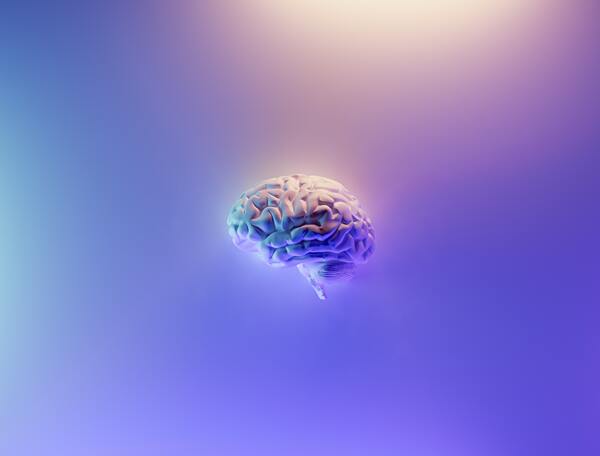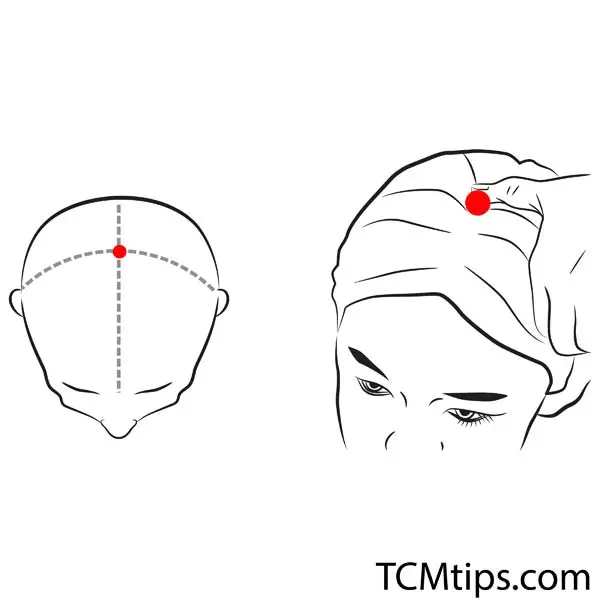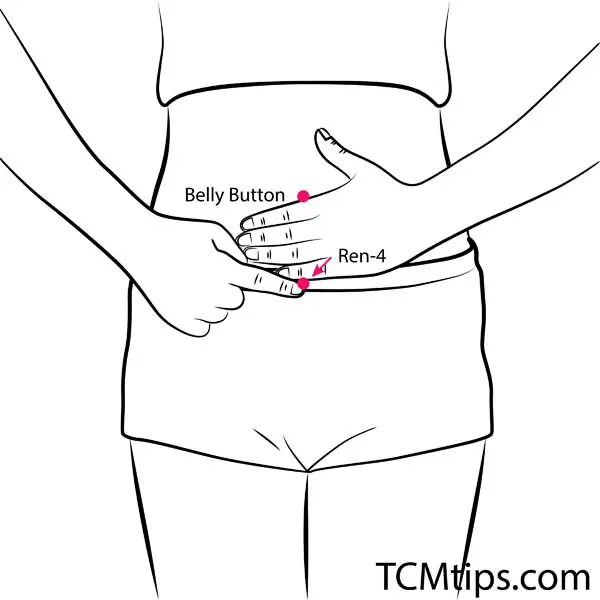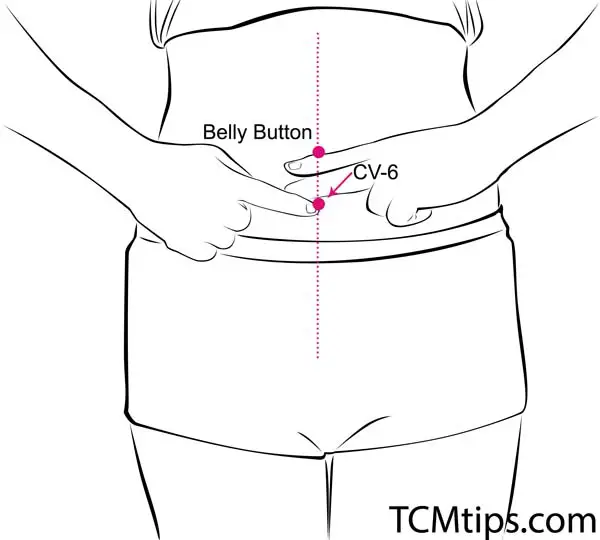A brain tumor is an abnormal growth of cells in or around the brain. While not all brain tumors are malignant, even benign tumors can impact brain function if they grow large enough to press upon the brain tissues, increase pressure on the skull, cause fluid to build up within the brain, or inhibit the normal flow of cerebrospinal fluid.
Although acupuncture for brain tumors is yet to be proven as an effective treatment, there is encouraging research testifying to acupuncture’s effectiveness against other forms of cancer and tumor growth. Acupuncture has a long history in the treatment of neurological conditions and neurodegenerative diseases associated with brain tumors and brain cancer.
What Causes Brain Tumors?
Primary brain tumors, including gliomas and meningiomas, are caused by mutations in the DNA that instruct the cells to divide and proliferate when healthy cells would die. This results in a mass of abnormal cells in the brain. In adults, primary brain tumors are far rarer than secondary brain tumors, which result from cancer spreading from other parts of the body.
What causes brain tumors is still not well understood, but risk factors include age, exposure to radiation, and inherited genetic conditions, including tuberous sclerosis, neurofibromatosis, and Turner syndrome.
Symptoms of brain tumors include headaches, vision and hearing problems, dizziness, nausea, and balance issues. More severe tumors may cause weakness or paralysis on one side of the body, sensations of numbness or tingling, or seizures. Brain tumors can have profound neurological effects, causing confusion and memory loss, affecting the ability to speak or understand language, and bringing about changes in personality.
If the brain tumor is small and benign, you may not experience any symptoms at all.
Can Acupuncture Slow Tumor Growth?

In one pilot study, Chinese scientists treated osteosarcoma tumor-burdened mice by needling different acupoints and measured the effects of acupuncture on tumor growth and intestinal bacteria. The researchers found that acupuncture treatment could delay tumor growth and cause positive changes in the intestinal microbiome associated with the development of cancer.
An earlier clinical study examined the effect of electroacupuncture on osteosarcoma tumor growth and metastasis. Researchers implanted osteosarcoma cells into the calcaneus bones in the heels of mice, then treated the mice with electroacupuncture at the ST-36 acupoint, which has previously shown promise for cancer treatments in rodent models. The researchers found that twice-weekly acupuncture treatments produced robust reductions in tumor growth and tumor lymphatics, as well as a marked reduction in pulmonary metastasis.
While the effectiveness of acupuncture treatment for brain tumor swelling remains unproven, acupuncture has shown promise in the treatment of many neurological conditions and brain diseases. Of all the acupoints used in acupuncture treatment, those belonging to the Governing Vessel (GV) and Conception Vessel (CV) meridians are believed to be connected directly to the brain. Stimulation of acupoints on the GV and CV meridians has a neurogenic effect, upregulating certain neurotrophins and increasing the expression of neuropeptide Y in the central nervous system.
Modulating neurogenesis has shown promise in treating neurodegenerative diseases, including strokes, Alzheimer’s disease, and Parkinson’s disease. Since transplanting stem cells or injecting neural growth factors can be a difficult procedure, sometimes resulting in complications, acupuncture treatment might possibly provide an effective alternative for brain diseases.
What Are The Acupressure Points For Brain Tumors?
Most of the acupuncture points for brain tumors are along the meridians connected, directly or indirectly, to the brain. The Governing Vessel and Conception Vessel points are generally considered the most effective in acupuncture for brain tumors and brain diseases.
Acupoint: GV-20 (Other Names: The Governing Vessel-20/Bai Hui/Hundred Convergence)

Stimulation of GV-20 invigorates the brain, and the sense organs regulate liver Qi and clears the mind. Activating the Bai Hui, as it’s known in Chinese, moves energy through the head and provides relief from headaches and tinnitus, vertigo, and dizziness, making it one of the primary acupressure points for brain fog.
In Traditional Chinese Medicine (TCM), the Bai Hui is located at the highest point, the place on the head where the Yang meridians intersect. The use of GV-20 in acupuncture for stroke treatment has its origins in ancient China, and the acupoint continues to be used today in the treatment of neurological and psychiatric diseases such as strokes, dizziness, and vertigo. Modern clinical trials have shown how stimulation of GV-20 may induce an immediate effect that improves balance function in stroke patients. This acupoint is also employed in acupressure for brain inflammation.
GV-20 is located above the posterior hairline, around the midpoint of the line connecting the apexes of the two auricles. You can find it by drawing a straight line up from both ears. Known as one of the best acupressure points for neck pain and headaches, applying firm pressure at this point on the head can provide instant relief.
Acupoint: GV-26 (Other Names: The Governing Vessel-26/Ren Zhong/Middle of the Person)

GV-26 is effective in awakening the brain and restoring consciousness and has traditionally been used as a revival point in first aid. Stimulation here promotes focus and mental clarity, calms the spirit, and benefits the lumbar spine. As well as being indicated in the treatment of many acute neurological conditions, GV-26 is one of the primary acupressure points for back pain.
Clinical trials have shown electroacupuncture at GV-26 to be effective in the treatment of Alzheimer’s disease in mice, decreasing cognitive impairment and improving spatial learning and memory ability. GV-26 may be effective in acupuncture for brain tumors and neurological conditions because it provides access to the important branches of the cranial nerves, the superior labial arteries, and the tributaries of the companion veins.
This acupoint is located on the face, around one-third of the way down from the base of the nose, towards the upper lip. Massage this acupoint to increase alertness and physical energy, and provide temporary relief from lower back pain.
Acupoint: Bl-13 (Other Names: Urinary Bladder-13/Fei Shu/Lung Transporter)

Bl-13 is located on the back, approximately two finger widths to the side of the third thoracic vertebra. Known as the Lung Transporter, this acupoint is used to open the chest, regulate breathing, and strengthen lung Qi. Stimulation here also helps to protect the skin against bacterial infection, making it one of the acupressure points for face pimples.
Acupuncture at Bl-13 has shown promise in improving symptoms in patients with left-side hemiparesis and dysarthria—the inability to control the muscles used in speech.
Along with GV-20 and EX-HN1, Bl-13 was one of the acupressure points for brain tumors employed in a promising case study, where recurrent oligodendroglioma was treated with acupuncture and pharmacopuncture. A 54-year-old man diagnosed with recurrent oligodendroglioma and having experienced intracranial hemorrhage was given an expected survival period of just three to six months. After receiving daily acupuncture and weekly pharmopuncture treatments (with mountain ginseng and bee venom), both techniques based on Traditional Chinese Medicine, for eighteen months, Magnetic Resonance Imaging (MRI) scans revealed that the tumor size was markedly decreased. Furthermore, the man’s severe seizures disappeared, indicating that a combination of pharmacopuncture and acupuncture for brain tumors may be effective in the treatment of recurrent oligodendroglioma.
Conception Vessel Points: Ren-4, Ren-6, and Ren-12
Many clinical studies have shown the effectiveness of the Conception Vessel points in upregulating the expression of neurotrophins and growth factors, including nerve growth factor (NGF) and epidermal growth factor (EGF), and activating nerve repair.
Acupoint: Ren-4 (Other Names: The Conception Vessel-4/Guan Yuan/Origin Pass)

The Ren-4 acupoint, known as the Guan Yuan or “Origin Pass,” is located about four finger-widths directly below the belly button. Stimulation here nourishes the kidneys and the blood and is counted among the best acupressure points for heart valves.
The Guan Yuan is a focal point for many meditators—focusing attention on this point calms the mind, drawing energy from the chest, shoulders, and the head, and bringing the body into balance. In one clinical study, electroacupuncture at the Guan Yuan acupoint was demonstrated to modulate functional connectivity of the brain network in healthy volunteers.
Acupoint: Ren-6 (Other Names: The Conception Vessel-6/Qi Hai/Sea of Qi)

Known as the Qi Hai in Traditional Chinese Medicine, the Ren-6 acupoint is located on the anterior median line of the lower abdomen, around two finger-widths below the belly button. This is an effective acupressure point for treating hernias and abdominal pain. Stimulation here promotes blood flow, restoring flexibility to the muscles and tendons, which is why Ren-6 is commonly employed in acupuncture for wrist tendonitis.
In studies on hemiparesis, acupuncture at Ren-6 has shown promise in the rehabilitation of brain tumor patients with astrocytoma, a form of cancer that develops in the brain or spinal cord. This research suggests that Qi Hai may have a role to play in acupuncture for brain tumors.
Acupoint: Ren-12 (Other Names: The Conception Vessel-12/Zhong Wan/Middle Epigastrium)

The last of our acupuncture points for brain tumors is Ren-12, known as the Zhong Wan. This acupoint belongs to the Conception Vessel meridian and is located four finger-widths up from the navel.
In Traditional Chinese Medicine, activating the Zhong Wan soothes the spleen and the stomach, providing relief from stomach pain, acid reflux, and indigestion. Ren-12 is among the primary acupressure points for stomach inflammation.
In one clinical study, researchers used Magnetic Resonance Imaging (MRI) to demonstrate how electroacupuncture at Ren-12 modulates the limbic-prefrontal network.
Conclusion
- GV-20 has been used in acupuncture on stroke recovery since ancient times and is used today in acupuncture therapy to improve motor function.
- GV-26 provides access to important branches of the cranial nerves. Acupuncture studies have shown GV-26 to be effective in improving cognitive function in mice with Alzheimer’s disease.
- Bl-13 has shown promise in improving symptoms in patients with hemiparesis and dysarthria.
- Ren-4 has a modulating effect on the functional connectivity of the brain network.
- Ren-6 has been used to treat brain tumor patients with hemiparesis.
- Ren-12 plays a role in modulating the limbic-prefrontal network of the brain.

Try our Anti-Aging Gua Sha Tool designed to bring out your skin’s natural glow.
Best Gua Sha Product- Anti-Aging: The tool is designed to target 11 specific aging signs such as wrinkles and sagging skin. By following the 7-step routine, users can improve skin firmness and reduce fine lines naturally.
- Enhances Skincare Routine: It works effectively with serums and lotions, boosting absorption and efficacy of skincare products.
- Visible Skin Improvement: Users can expect a smoother complexion, reduced puffiness, and a more youthful appearance.
 P. Sze
P. Sze 

















